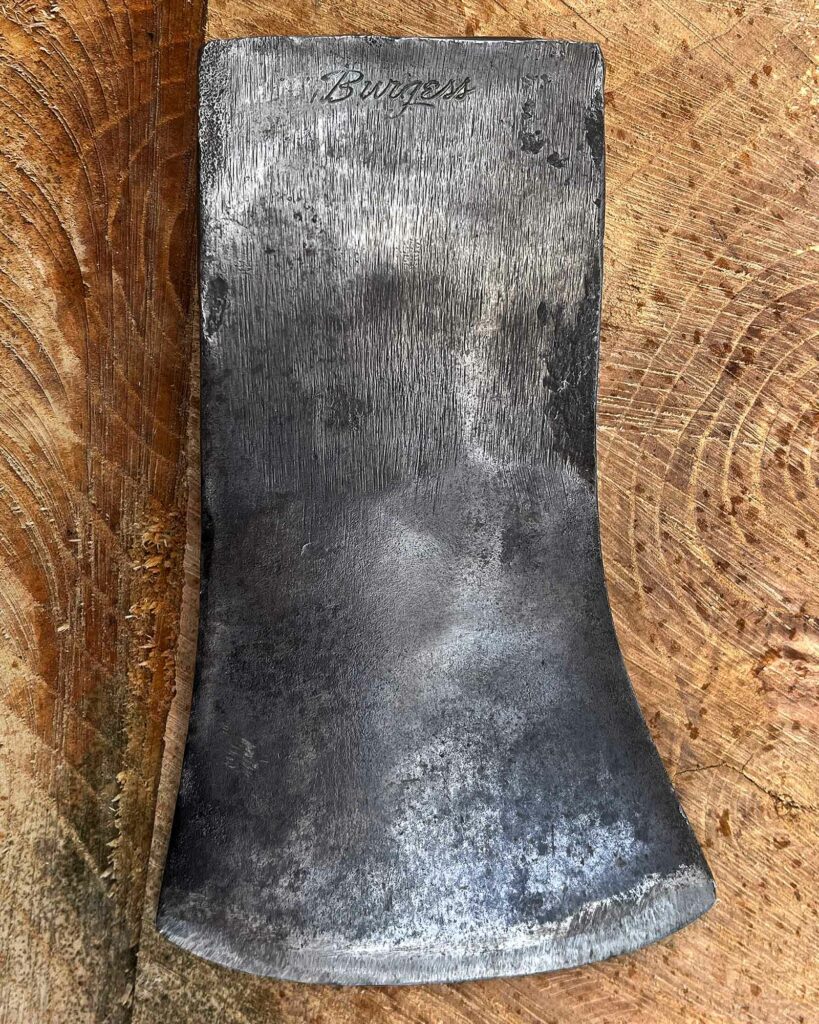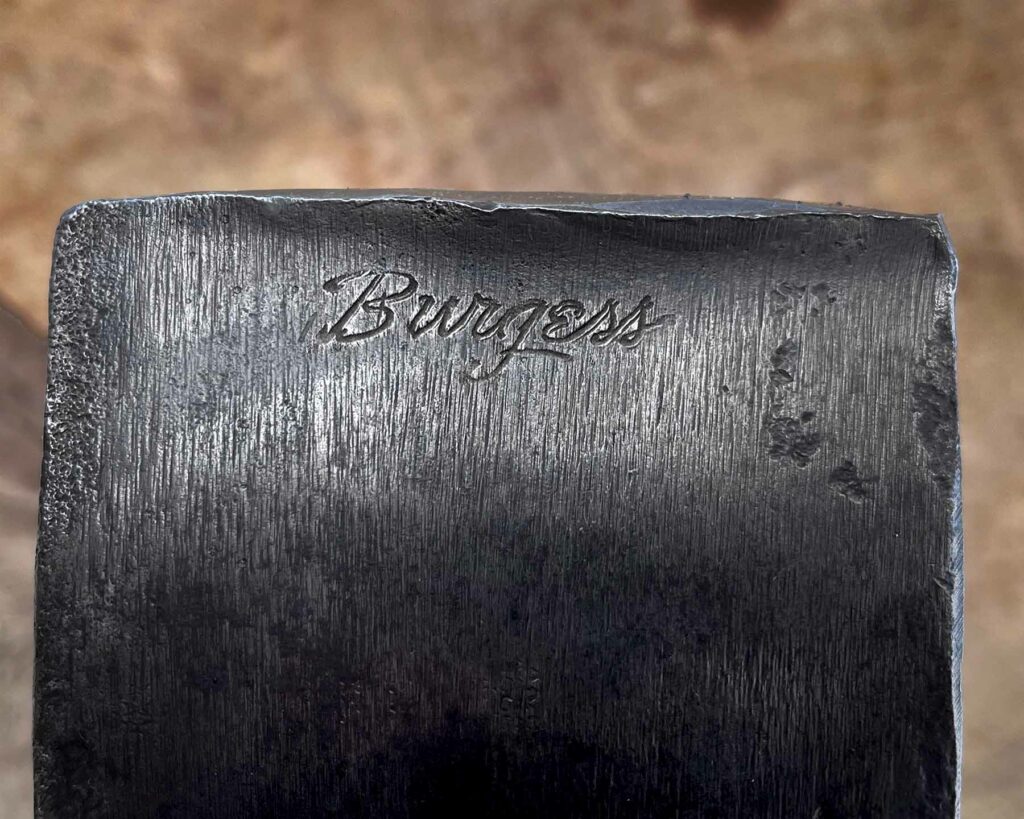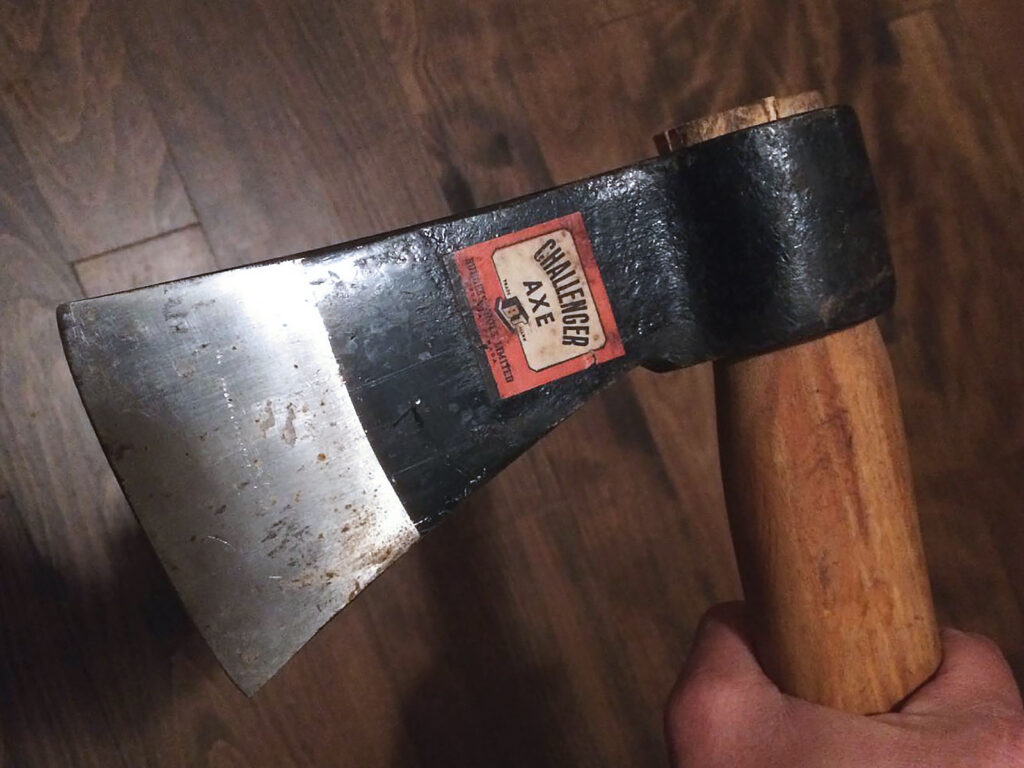Burgess Tool Co.
1945 – 1970’s
Ottawa, Ontario | Aylmer, Quebec

Burgess Tool Co. was founded in 1945 by Gerald T. Burgess, an ex-plant manager from the Walters Axe Factory. They made axes, shovels, and garden tools for both the Canadian market and for export to the US, South America, and other Commonwealth countries.
The original factory was located in Ottawa’s west end, but they were quickly forced to move when the government expropriated the land only a few years later. The company moved production across the river to the recently abandoned Hull Electric Car Bars (street car depot) in Deschenes (Aylmer), Quebec.
Despite the almost instant move to Quebec, the company maintained Ottawa as its public address on labels and advertising.
The company shuttered sometime in the mid-late 70’s along with the vast majority of the Canadian axe and tool industry. The last reference I could find is from 1974.
Note: There is a much more common US axe maker Burgess-Norton that is completely unrelated.
The Burgess Axe

With Mr. Burgess coming from Walter’s business, axes were one of the first tools he produced. They were primarily making a range of classic chopping and felling patterns similar to popular ones being made by Walters.
The Burgess branded axes were likely made during the early years while the company was getting established. These axes can be identified by the word “Burgess” stamped in a script font near the pole.
The Challenger Axe
Challenger became the main line of axes made by Burgess Tool Co., with a much stronger, larger, and better-designed brand mark. The stamped logo can be found on a variety of axes and hatchets.
There are a few pictures of Challenger axes on Worthpoint (here).
The Challenger South American Axe

The round-eyed Challenger is a Central or South American pattern axe made for export that still shows up with some regularity. It’s 2.5 lbs and almost looks tomahawk-like.
They were likely being made in the 70s when the company closed down – and allegedly an unsold stockpile was discovered when a warehouse was being dismantled in the 1980s. This explains why there seem to be many NOS (new old stock) examples still in North America.
Help the site grow!
Did I get something wrong? Do you have one of these axes? Please share any pictures, information, or insights to help fill the archive. You can email: museum@axeandtool.com
Sources:
- Churcher’s Railway Pages
- The Ottawa Journal, Saturday, March 25, 1950
- “Axe Makers of North America” by Allan Klenman (second edition – editor: Larry McPhail), 1990
- State Dept cable 1974-185059
- 1947 Annual Report of the Ontario Municipal Board
